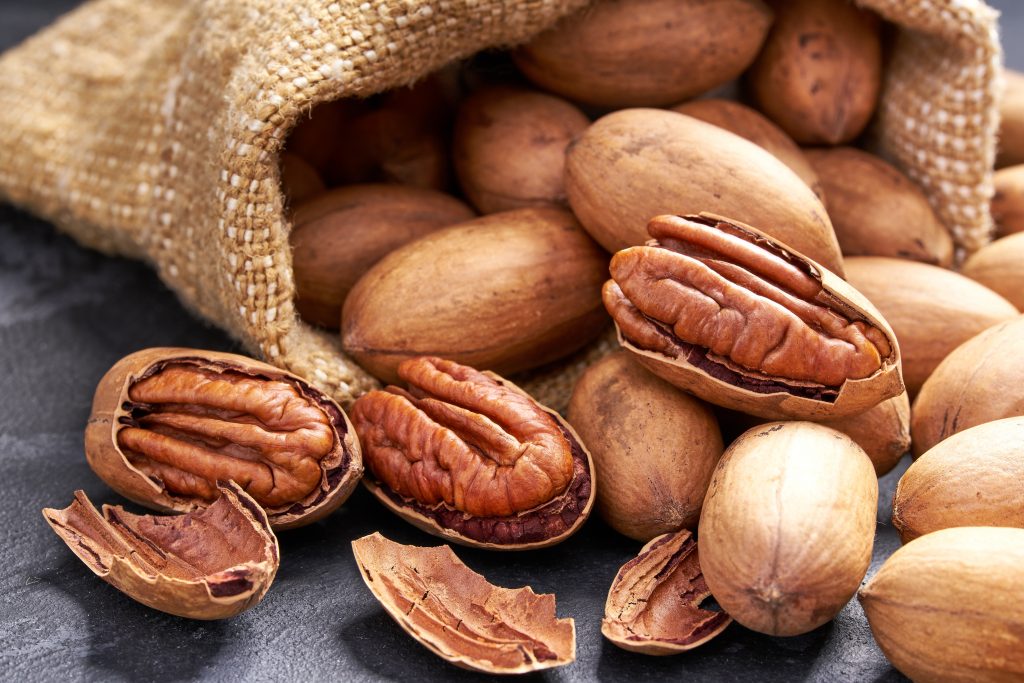
Georgia’s pecan industry is shaping up to have one of its most productive crops in recent years. But what that means for the industry come harvest time and how that will impact prices remains to be seen, according to South Georgia farmer Randy Hudson.
“We do feel like we have a really good crop. Now, what that actually means, I don’t know. In years past we’ve said a really good crop in Georgia was 100 million pounds. Last year, we thought we had a really good crop and we harvested significantly less than 100 million pounds, simply because of the amount of damage that Hurricane Michael had done (the year before) in regards to taking off fruiting limbs and trees,” said Hudson, who works with the American Pecan Council, serves on the Pecan Export Trade Committee and member of the Georgia Pecan Growers Association.
“When we harvested, we didn’t have quite the yield we thought we would make. We know we’ve got pecans on the trees but we really don’t know what the impact of all of the limbs that still have not grown back in trees that were lost from Hurricane Michael, what that impact’s going to be for the overall yield for the state as a whole.”
Scab Disease
Hudson said scab disease pressure is starting to become problematic in areas inundated with excess rainfall, like around Albany, Georgia in the southwestern part of the state and over in east Georgia around Blackshear, Georgia and Waycross, Georgia.
He added that areas of the mid-South are experiencing significant disease as well, particularly in Texas and Louisiana.
“I think in regard to where we stand as a nation, Georgia’s got a good crop. We don’t know exactly what that might mean. The nation as a whole has got a pretty good crop, but it does have some holes in some areas. I think it’s safe to say we probably have a really good, average crop,” Hudson said.
Prices?
So, the big question is what does an improved pecan crop this year mean for the financial market?
“I think the answer is not so much what goes on in the United States but what’s happening particularly in Mexico and in South Africa. Right now, there’s still inventory in Mexico. Mexico can produce pecans a lot cheaper than we can produce them in the United States. As a result, the growers are more willing to take a lower price,” Hudson said. “The currency values, which also enters in the pecan markets, particularly between the Mexican peso and the Chinese yuan, have also entered into a depression in our market. The value of the yuan has weakened somewhat and has made the U.S. pecans a little more attractive, I think in the neighborhood of 5% or 10% cheaper than they were six months ago when the yuan was very strong.
“With the Mexico supply, with the South African supply, with what pecans are being sold out of South Africa for right now into the China market, which is a very important player for the U.S. market, I think we’re going to see prices somewhere in the same range that we saw last year,” Hudson added.
He said stuart blends sold into China last year between $2 and $2.25 per pound and that desirable blends were sold into China for $2.25 and $2.50 per pound.









